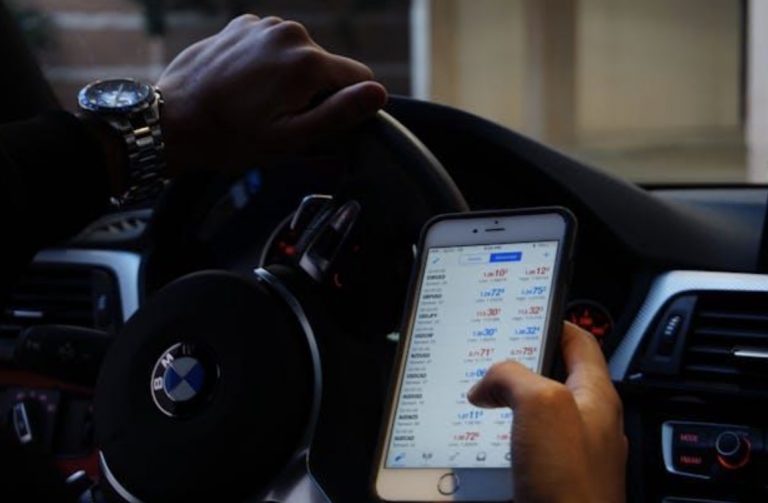Forex trading is known for being a multi-trillion-dollar financial asset. Unsurprisingly, a market of this size isn’t for the faint-hearted. While modern forex has existed for a few decades, traders face the same challenges. What are these difficulties, and what are the solutions to overcoming them? This article examines these issues to provide valuable insights.
Insufficient Capital
One attractive element of forex trading is its low barrier to entry. Most brokers accept deposits from $5. However, the position sizes with such a small account often result in traders over-leveraging to reap the most financial reward.
Truthfully, forex is a capital-intensive endeavor. Most successful traders already have an income source that allows them to fund decent account sizes. So, the first solution is to increase trading capital with income from a job, business, or other activities.
The following alternative that’s gained popularity is using prop firms. These private trading companies offer their capital to pre-qualified traders and earn a percentage of their profits. The allure is that prop firms provide substantial starting balances for a one-time fee. Another advantage is having multiple accounts with several prop firms simultaneously, increasing the earning potential.
The fourth solution is to seek dedicated funded trader programs (similar to prop firms) from other forex-related institutions like brokers.
Finally, traders can explore other income-generating opportunities in forex to boost their trading capital, such as affiliate marketing, copy trading, and percentage allocation money management (PAMM) accounts.
Over-Leveraging
Forex is a leveraged instrument where brokers can allow clients to trade up to 1000x their equity or account balance. This is usually a recipe for disaster when the trader has a small account.
Fortunately, one can decide on their preferred leverage, which is the first solution to over-leveraging. While no hard and fast rules apply, you should have enough money each time to comfortably allocate 1%–3% of your account per balance.
Another consideration is understanding position sizing. Many traders unknowingly trade bigger sizes than they should, as they need to learn how to calculate the value of their positions. However, it’s a quick, straightforward process with a position size calculator freely available on many websites online.
Having enough trading capital is another cure for over-leveraging. The higher the funds, the less pressure traders feel to stretch their leverage limits.
Over-Trading
Forex trading platforms and brokers have made buying and selling instantaneous. It can feel similar to a casino slot machine. Sadly, this ease and speed often lead to over-trading. No correlation exists between quantity and quality.
Most profitable traders generally execute fewer positions yearly but ensure they are always taking the best opportunities. Here are vital considerations for solving the dread of over-trading.
Follow Fewer Markets
Most assets are correlated. A buy position on EUR/USD will generally lead to the same outcome as a sell position on USD/CHF. Instead, traders should curate a watchlist of a handful of major, minor, and exotic pairs while considering their correlations.
Consider Long-term Trading Styles
Day traders face the risk of over-trading. Meanwhile, swing and position trading require less time and chart commitment. They focus on taking fewer positions but making those positions count to a trader’s bottom line.
Adopting a ‘Set and Forget’ Approach
This is the superpower swing, and position traders have. One result of over-trading is micro-managing during an active trade, where one interferes with specific parameters of their trades (e.g., widening stops, closing orders too early). A better alternative is simply being less actively involved once trades are live.
Inadequate Strategy
Trading is a game of strategy. Understandably, there are countless strategies, and enthusiast analysts are creating more. This level of choice can be overwhelming even for experienced participants.
A common problem is strategy-hopping, where traders change their strategies at every hurdle. In other cases, they may need a new approach if the current one isn’t working. However, the key could be not knowing the strategy’s goal and areas for improvement.
So, if a strategy doesn’t exude confidence and purpose, the overarching solution is simply gaining more data. Traders undergo backtesting and forward-testing on a demo account, simulating their strategy in real time. While this process can take several months or years, it’s how you can determine if a plan is practical and profitable over time in multiple market conditions.
The following solution is aligning a strategy with a trading style. Strategy is about the technical side of entries and charting and the inherent behavior of traders practicing it. For instance, news trading is best suited for scalpers and day trading since they focus on taking small profits.
Meanwhile, a trend-following strategy is more suitable for swing and position traders who naturally have the patience to hold their positions long-term.
Confidently Defeating Challenges in Forex
As mentioned earlier, forex trading isn’t for the timid. Many have labeled it a massive psychological game that tests patience and discipline. Inevitably, it will lead to unavoidable problems like over-leveraging and over-trading, and aspiring traders will do well to find solutions before their weaknesses are exposed to the markets. Experience separates the amateurs from the professionals, and it is necessary to think ahead so traders can solve problems easily and quickly.


0 Comments